Twenty-five years ago I published an essay titled “Dogfish.” It was not about the little sharks that skim along the bottom of the Atlantic and Pacific coasts and only rarely end up on the American dinner table. It was rather a fanciful way to draw attention to the brevity of the average tenure of the college president. Back then the average president served 6.7 years. The spotted dogfish, by contrast, was believed to live almost three times as long.
A lot has changed in the intervening quarter century. For one thing, it is now believed that the natural lifespan of the dogfish is thirty-five to forty years, though some say eighty. Meanwhile the average term of a college president has shrunk to 5.9 years. So dogfish generally last six to seven times longer than college presidents — or even thirteen times as long.
This whimsical comparison was aimed at the simple point that college presidents seldom last very long in their jobs. That’s true even if the point of comparison is to more closely adjacent species. Corporate CEOs, for example, command the C-suite for an average of 7.2 years. The average college president, however, does stay in office longer the average violent criminal stays in his cell, which is 2.7 years.
The relative brevity of the college president’s term surely reflects the nature of his — or, increasingly, her — work. College presidents are, above all, expected to lead their institutions’ fundraising efforts, especially closing deals with high-dollar donors. While some individuals who rise to this high position take to the task swimmingly, most do not. It is stressful work, especially for those who have spent their previous career mostly or entirely in the academy. The life of a scholar and a teacher seldom entails cultivating wealthy people and trying to charm them into parting with their gold. The mendicant life of a college professor, department chairman and dean more commonly takes the form of writing grant proposals to government agencies and philanthropic foundations. That requires tact but it is mostly about presenting good arguments backed by plausible evidence that the proposed work will yield important results.
Seeking major gifts from wealthy donors requires a different skill set. It means building a relationship with someone whose ideas and interests are likely to be far distant from one’s own. Successful college presidents, supported by staff, learn how to do this, but it is stressful, and in a certain sense it hollows them out. The college president must constantly pretend to enthusiasms he doesn’t share. Or worse, he does become enthusiastic about matters that, if he kept his wits, he would have steered away from.
How else to explain college presidents who fall in love with the idea of partnerships with Chinese Communist Party operations or Qatari initiatives? What to make of the college president who truly sees no moral difference between Hamas and Israel?
Of course, a fair number of college presidents are not former faculty members, but have been appointed to their positions after careers as politicians, business executives or military officers. They run into other difficulties, usually having to do with the limits to their authority. Colleges and universities are not command-and-control operations. They run on persuasion and negotiation among people pursuing very different interests.
Fundraising is central to the role of college president but it is not the be-all-end-all of the job. A college president, for example, is expected to put on a good show at each year’s commencement exercises. That usually means delivering at least one celebrity that the students and parents will recognize. Competition among colleges in this area if stiff. A star actor or musical performer is the baseline requirement. A head of state usually impresses. A famous writer or artist will do in a pinch.
Delivering the commencement celebrity is important for several reasons, but most pertinently it is the one occasion in which the students and their parents actually see the college president. If the president is standing next to, say, Taylor Swift, that registers. Standing next to a Nobel laureate in economics, not so much.
The dogfish-in-chief needs this cultural cachet because he or she is, after all, the institution’s public persona. There may have been a time when universities looked to a Charles Eliot or a Robert Maynard Hutchins to represent its intellectual seriousness and cultural aspirations. But that era has passed in favor of the college president as advocate of whatever social and political causes are currently high up on the progressive left’s agenda.
What might those be? Consider the delirium that overtook numerous college presidents in 2020 when they began, during the George Floyd riots, to denounce their own institutions of “systemic racism.” Perhaps the single best example was the president of Boston University recruiting that paragon of racial resentment Ibram X. Kendi to an endowed chair. Kendi, a man of manifest mediocrity soon commanded a war chest of over $40 million to pursue his dream of ferreting out hidden racism in American life. Recently his enterprise fell apart, but by then Boston University’s president had retired with plaudits for a job well done.
In the midst of the orgy of self-denunciation by college presidents, I collected some 200 examples of the public confessions and then wrote to each confessor with a polite request for an example of how his or her college had strayed into racism. Only two answered and neither could provide an actual example.
Race recrimination stands high on the list of causes that a college president can turn into a signature issue, but the list also includes climate change, immigration, abortion, LGBTQ issues, transgenderism, gun control, voting rights, Ukraine and the all-encompassing need to protect students from “harm” — a delicate task that requires censoring conservative views while celebrating the actions of protesters who favor “woke” positions.
Not that the items on this list are to be understood in isolation from one another. The doctrine of “intersectionality” herds them together in mutual support. Climate change and diversity/equity/inclusion may not look closely related, but with a little ingenuity they can form a bond, and support for Hamas might seem at odds with transgenderism and LGBTQ rights, but both after all are forms of “resistance” to “oppression.”
Today’s college president is usually someone fluent in this jabberwocky.
At the moment, many college presidents are faced with the challenging situation of defending pro-Hamas rallies held by students who have more or less aligned themselves with genocide. Some college presidents are attempting this feat by emphasizing their uncompromising support for “free speech.” Others have discovered a new-found love for “institutional neutrality.” Still others have served up a Waldorf salad of words such as “peace” and “restraint” to suggest that supporters of both Israel and Hamas both have valid concerns. And some college presidents have maintained stony silence in the midst of rallies supporting Hamas. The outstanding example of this is George Mason University’s president Gregory Washington.
While the contemporary college president is almost always someone selected for his or her keen sympathies for the “marginalized” and the “oppressed,” this person also has to speak to the world beyond the college campus. And that world includes a great many people — parents, donors, alumni, the members of the business community, elected leaders, etc. — who don’t shared the ideological enthusiasms of campus activists.
I have watched with rapt admiration (of a sort) some of these college presidents who smoothly adapt their message to the audience at hand. They are defenders of traditional values at breakfast, fist-pumping revolutionaries at lunch, free-market zealots at the cocktail hour and fellow victims at the evening vigil. Generally these are the college presidents who last the longest, the karma chameleons of academe. (Cue Boy George singing: “Every day is like survival / You’re my lover, not my rival.”) The disorder of American higher education is manifest in the ease with which these con men rise to the top.
A college president inevitably embodies the character of the institution — shaping himself to it and in turn shaping it to himself. Moral laxness and dishonesty in this context are not unusual. But the more common qualities of the college president are a combination of high self-regard and dogmatic zeal for whatever the left considers “justice” to be this week.
I don’t mean to say that this is an entirely new situation. The college president has long been a figure of pompous self-regard, all too ready to jump on the latest moralistic crusade. In 1927 the nation’s leading satirist H.L. Mencken was called out for having so demoralized college students that he was to be held responsible for an wave of student suicides. Mencken answered his critics (“various bishops, college presidents, Rotary lecturers and other such professional damned fools”) as people whose “whole lives are devoted to inventing bugaboos.” “Their one visible function on earth is to stand as living proofs that education is by no means synonymous with intelligence.” And he added:
What I’d like to see, if it could be arranged, would be a wave of suicides among college presidents. I’d be delighted to supply the pistols, knives, ropes, poisons and other necessary tools. Going further, I’d be delighted to load the pistols, hone the knives, and tie the hangman’s knots.
There is no record that any college presidents took him up on his offer.
Perhaps the best known satirical jab at college presidents was Groucho Marx’s depiction of Professor Quincy Adams Wagstaff, president of Huxley College in the 1932 movie Horse Feathers. President Wagstaff’s resemblance to actual college presidents never goes further than his preference for football over academics, but there was one scene unfortunately deleted from the movie in which he plays poker with his cronies as the college burns down. That would be closer to where we are today.
Except that the heedlessness of our elite college presidents today is thrown together in an unstable compound with the need for constant salesmanship.
Far better to live the life of the gentle dogfish gliding along the ocean floor eating clams and krill. But if we are serious about improving higher education, we will have to give some thought to how to find better college presidents. I’ll save my thoughts on that for another time except to say that possession of a backbone ought to be a prerequisite, along with a profound immunity to intellectual trendiness.



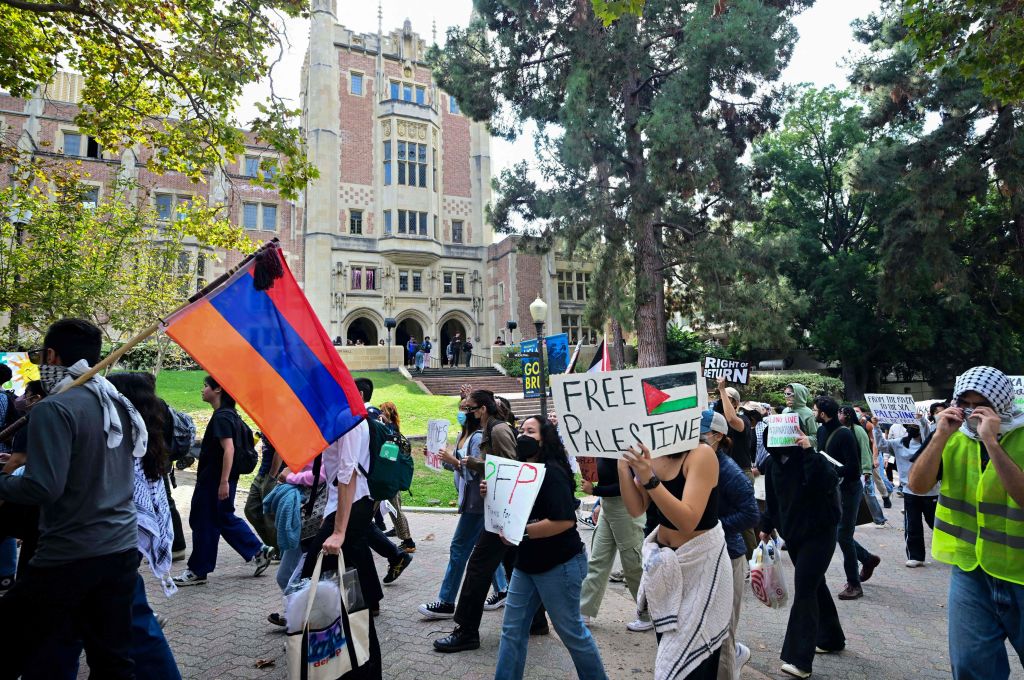







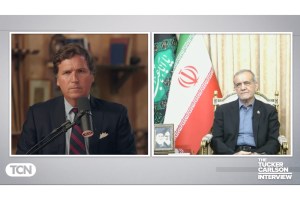


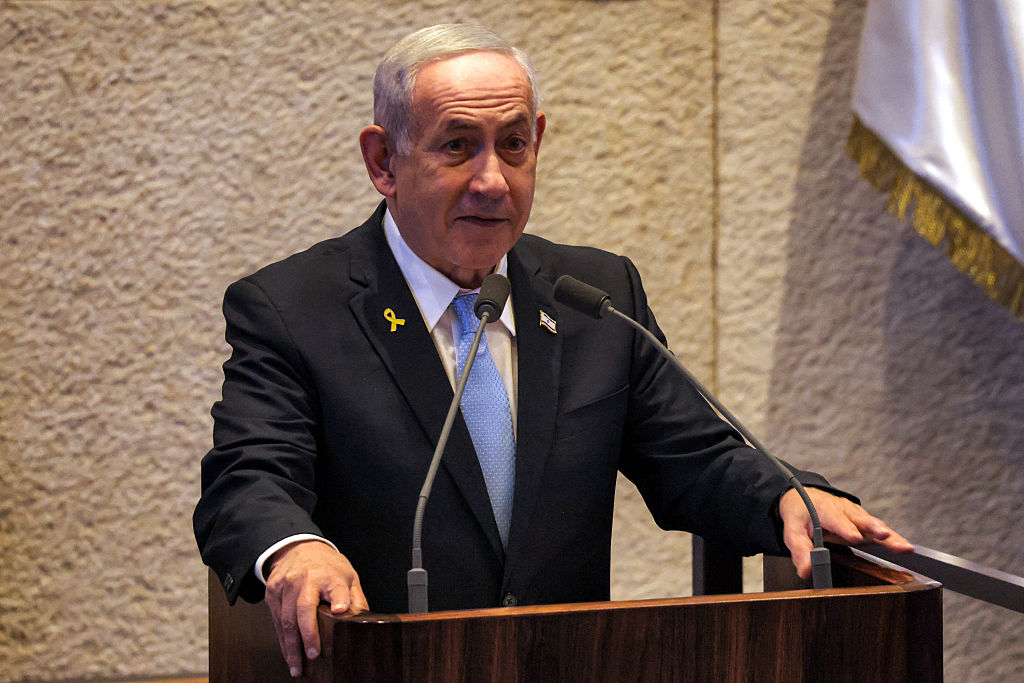
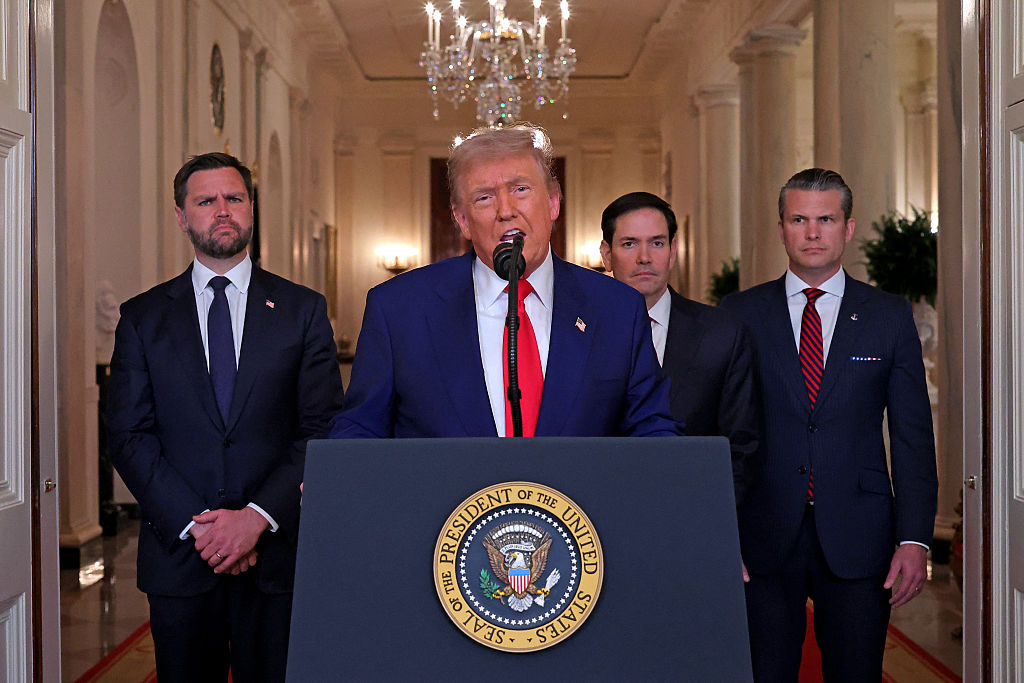


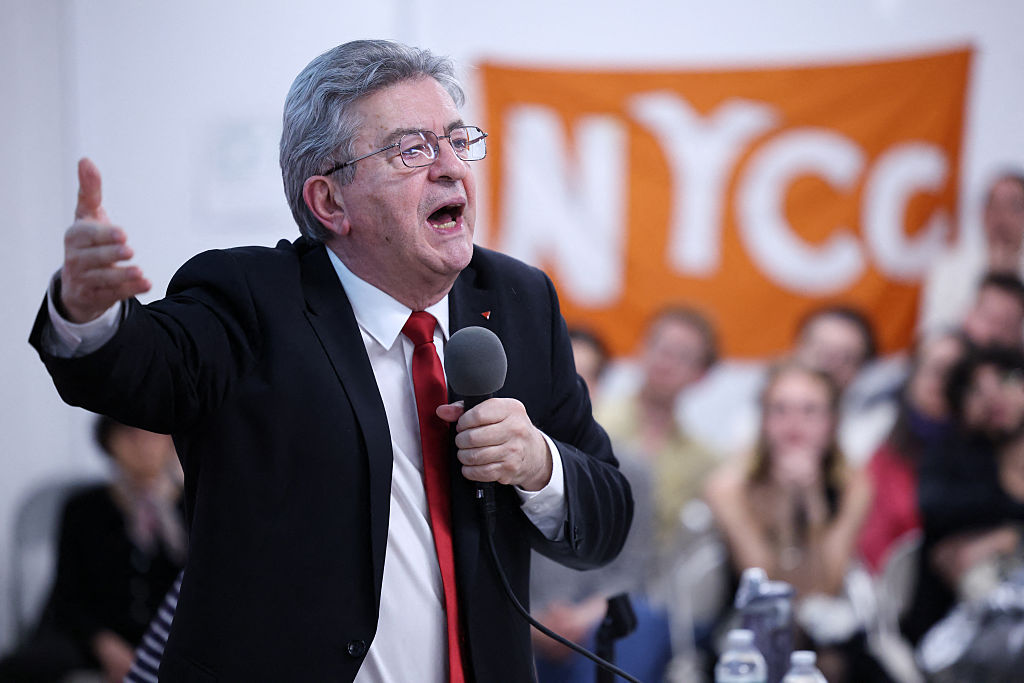







Leave a Reply